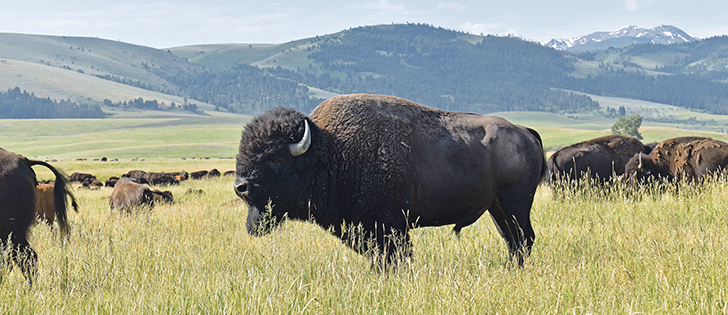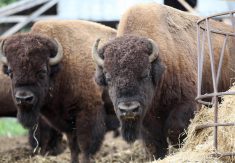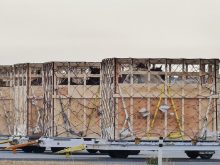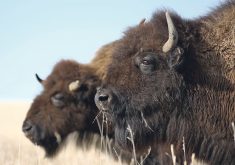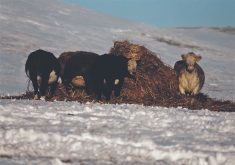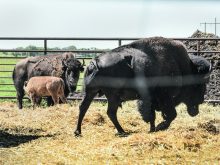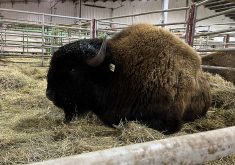Animal welfare is the underlying theme of Canada’s livestock codes of practice, and the recent bison update is no exception.
It is a must read for bison producers and those contemplating getting into the business, but cattle producers would also benefit from reading it.
The committee that developed the code comprised individuals involved in the raising, care and marketing of bison. The Canadian Federation of Humane Societies and the Canadian Food Inspection Agency also had input and all changes had unanimous consensus.
A few additions were made to the original code that the beef industry may be able to use in future releases of its codes.
Read Also

Beef check-off collection system aligns across the country
A single and aligned check-off collection system based on where producers live makes the system equal said Chad Ross, Saskatchewan Cattle Association chair.
The bison code has seven sections, 10 appendices and 70 pages and is well sub-sectioned to facilitate finding a specific topic. As well, a detailed glossary of terms also makes it readable for the general public.
You can download the updated bison code of practice document here. (PDF format)
These codes become our connection to the animal welfare practices we use and can be a means of communicating to the general public how we raise animals on our farms and ranches.
Bison are flight orientated animals, which is why a large section covers low stress handling and the specialized equipment necessary to process bison.
Bison producers have become more adept at handling their animals, and an appendix deals with an animal welfare audit that can easily document in a numerical way things done during processing such as trips, falls, broken horns and restrictions on prod use.
The audit can be used to show improvements in handling and identify ways that handling facilities can be improved.
The bison code covers topics not seen in other codes, such as preventing escapes. Sections include fencing, processing facilities, flight zones and pre-loading.
The code mentions locking perimeter gates, but it was felt that bison can still escape, regardless of the precautions that producers take, due to damaged and cut fences, falling trees or snow drifts that build up too high. I know several bison producers who always check fences after severe snow or windstorms.
Good guidelines on how to get help and whom to use may give producers peace of mind.
Beef producers run into the same predicament, but other dangers include a highway accident or cattle liner rollover. There are people out there who can help.
Pain control requirements were put forward for processing procedures, including:
- dehorning, which seldom happens in most herds, although tipping is practiced
- branding, which the code clearly states should not be done for herd identification but is necessary for some regulatory authorities (branding is no longer re-quired for feeder bison entering the United States)
- castration, which is almost never done, except for pets raised as orphans
All of these painful procedures were covered, as well as ways to treat the pain. Keep in mind that all products used in bison production are extra-label, so veterinary prescriptions are often required.
Multiple references were made about when veterinary intervention is needed or when to contact a veterinarian. This more closely defines the veterinary client patient relationship.
Some bison producers farm in remote locations and some areas have no veterinarians comfortable dealing with bison, which means this was a much better approach to specify when veterinary or other professional consultation may be necessary.
The section on euthanasia also applies to on-farm butchering and putting bison down to transport to a processing facility.
This comprehensive chapter, which includes the calibre of bullets and size of guns necessary to do the job humanely, should act as a valuable reference source for even on-farm butchers and packing plants that deal with bison and beef.
A few pictures showing shot placement for a humane death are included, which I think will benefit both bison and beef producers.
The people responsible for developing the code are listed at the back and are available if further questions come up.
A hard copy of the code is being distributed to all Canadian Bison Association members and all mixed animal veterinary practices in Western Canada, and copies are available from all bison code committee members.
Please take the time to go through a copy because even experienced bison producers will find lots of valuable information.
Other countries, including the U.S., don’t have these codes, so Canada is again leading the way when it comes to animal friendly meat protein production.



